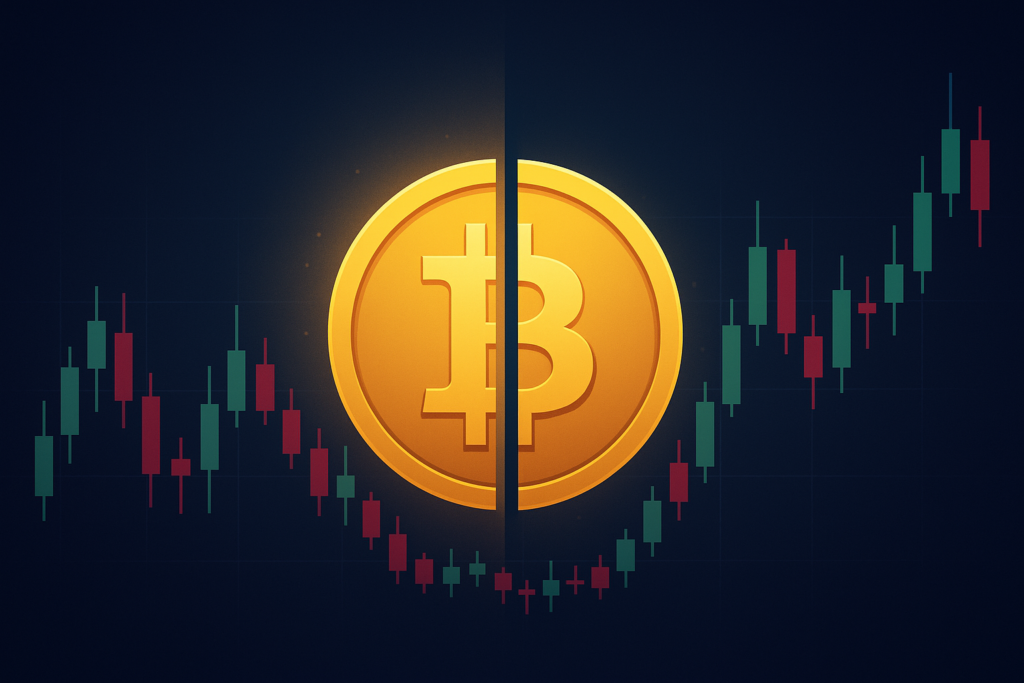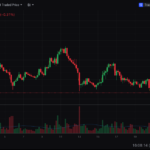Introduction
Bitcoin halving is one of the most anticipated events in the cryptocurrency world. It happens roughly every four years and has historically influenced both the supply of Bitcoin and its price dynamics. But what exactly is it, and why should traders and investors care?
🔍 What Is Bitcoin Halving?
Bitcoin operates on a fixed supply model — there will only ever be 21 million BTC. Miners secure the network by validating transactions, and in return, they receive new bitcoins as a block reward.
A halving occurs when the block reward given to miners is cut in half. This event happens automatically every 210,000 blocks, or about every four years.
💡 Why It Matters
1. Reduced Supply
By halving the block reward, fewer bitcoins enter circulation. Lower supply, combined with steady or growing demand, can push prices higher over time.
2. Miner Economics
With reduced rewards, miners must operate more efficiently or rely on higher BTC prices to stay profitable.
3. Market Sentiment
Halvings tend to create bullish narratives, often drawing in retail and institutional investors.
📊 Common Market Patterns
Historically, Bitcoin has seen major rallies in the 12–18 months following a halving, although short-term volatility can still be high. However, past performance is not a guarantee of future results.
⚠️ Risks to Consider
- Overhyped Expectations – Prices may not always skyrocket right after the event.
- Mining Centralization – Smaller miners may shut down, increasing the dominance of larger players.
- Macro Factors – Economic downturns or regulatory changes can overshadow the halving’s impact.
📌 Conclusion
Bitcoin halving is a built-in feature of the network that shapes its scarcity, miner incentives, and often its price cycles. Whether you’re a long-term investor or an active trader, understanding this event is key to navigating the crypto market.







